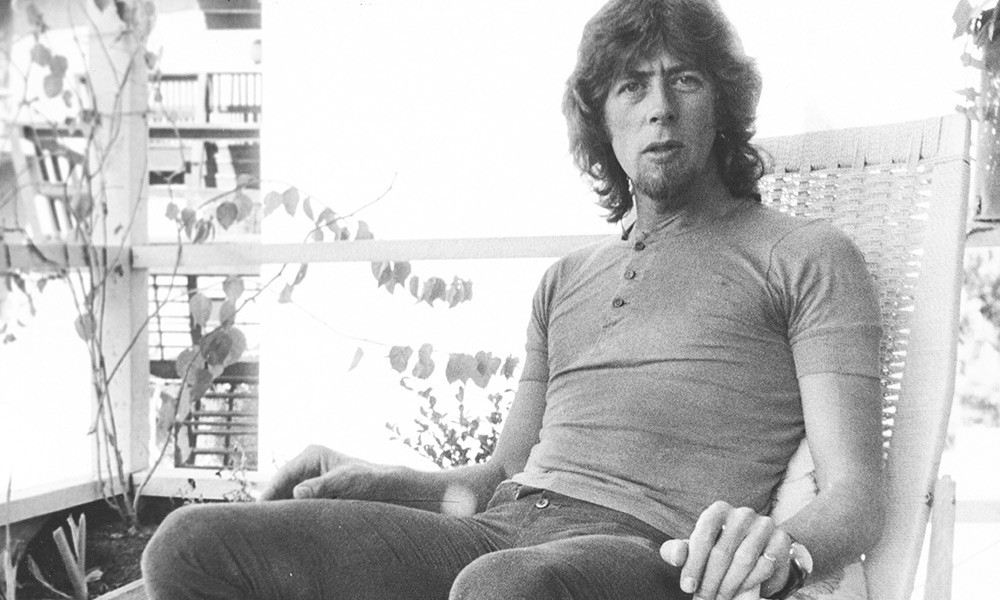“I’ve had a very interesting life,” blues legend John Mayall once told American Blues Scene. “And I think, being a musician, you are able to put your experiences into music. That’s the nice thing about the blues is you can tell your stories through words and music. You know, there’s never any shortage of things that happen to a person. And you can put those experiences into music.”
The death was confirmed in a statement on Mr. Mayall’s official Facebook page that read, “It is with heavy hearts that we bear the news that John Mayall passed away peacefully in his California home yesterday, July 22, 2024, surrounded by loving family. Health issues that forced John to end his epic touring career have finally led to peace for one of this world’s greatest road warriors. John Mayall gave us ninety years of tireless efforts to educate, inspire and entertain.”
Born in Cheshire, England, Mayall developed an early penchant for American jazz and blues, teaching himself to play the piano, guitar, and harmonica. His friend Alexis Korner talked him into moving to London where he formed the Bluesbreakers. When Eric Clapton left the Yardbirds in 1965, Mayall jumped at the chance to hire him. The band’s debut album, Blues Breakers with Eric Clapton, known as The Beano Album to aficionados, soon became a bestseller. After Clapton left the band to form Cream with bassist Jack Bruce, Mayall recruited Peter Green. When Green later left with McVie and Fleetwood to form the first incarnation of Fleetwood Mac, Mayall brought in Mick Taylor, who remained in the Bluesbreakers for about a year before joining the Rolling Stones.
In 1967, during his initial U.S. tour, Mr. Mayall found himself captivated by California. Two years later, he relocated to the Laurel Canyon area of Los Angeles, which was then burgeoning with a vibrant music scene. Transitioning away from the Bluesbreakers moniker, he released Blues From Laurel Canyon in 1968, despite having recorded it in England. This album marked a departure from his previous work.
The Turning Point, released in 1969, represented a significant shift in Mr. Mayall’s musical direction. It was a live album that pioneered the “unplugged” concept within the rock genre by eschewing amplified instruments. Instead, the album featured acoustic guitars, bass, and saxophones, omitting drums entirely. One of the standout tracks was “Room to Move,” a lively shuffle tune that quickly became one of Mr. Mayall’s most renowned compositions. This track showcased his ability to adapt and innovate within the evolving landscape of blues and rock music during that era.
In the 1980s, John Mayall underwent a significant personal transformation by quitting drinking. This period also saw him revive the Bluesbreakers, occasionally reuniting with notable musicians like Eric Clapton, Mick Taylor, and John McVie for concerts. Over the years, he collaborated with several standout guitarists including Harvey Mandel, Coco Montoya, and Walter Trout, all of whom contributed to the evolving sound of his groups.
In 2008, Mayall made the decision to retire the Bluesbreakers name, but this did not slow down his musical career. He continued to tour extensively and collaborated with prominent American blues artists such as Buddy Guy, Mavis Staples, and Albert Collins. Critics continued to acclaim his work, with several of his later albums receiving high praise.
One notable album from this later period is Talk About That, released in 2016, which featured guitarist Joe Walsh. This album was particularly well-received, with many critics considering it among the best efforts of Mayall’s extensive career. Throughout these decades, John Mayall’s dedication to the blues genre and his ability to adapt and collaborate with a diverse range of musicians ensured his continued influence and relevance in the music world.

Mayall won official recognition in Britain with the award of an OBE (Officer of the Order of the British Empire) in 2005. He was selected for the 2024 Rock & Roll Hall of Fame class, along with Alexis Korner and Big Mama Thornton.


